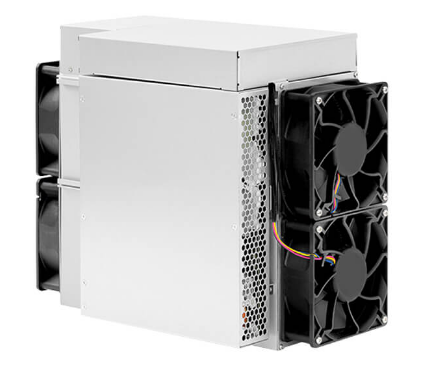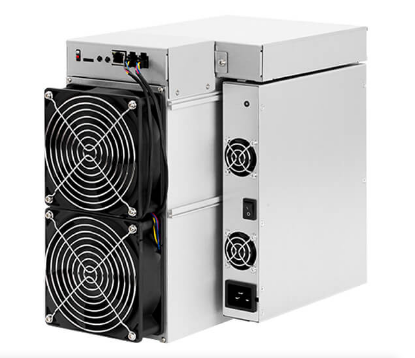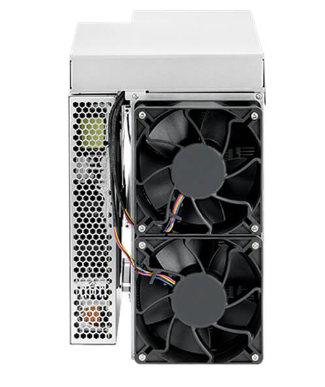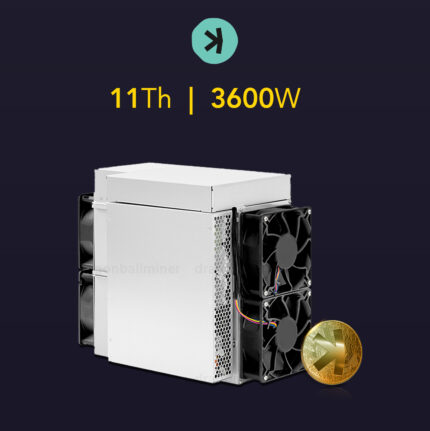How to handle Dragonball Miner KS6 Pro+ repairs after warranty expires?
How to Handle Dragonball Miner KS6 Pro+ Repairs After Warranty Expires?
The Dragonball Miner KS6 Pro+ has established itself as a powerhouse in the cryptocurrency mining industry, particularly for kHeavyHash and KAS-Kaspa mining operations. With its 11 TH/s hashrate, 0.308 J/G power efficiency, and advanced thermal management, it’s no wonder this miner has become a favorite among professional mining operators. However, like all high-performance equipment, the KS6 Pro+ is not immune to wear and tear. Once the 180-day warranty expires, handling repairs becomes the responsibility of the owner. This article provides a comprehensive guide on how to manage repairs for your KS6 Pro+ after the warranty period, ensuring your mining operations remain efficient and profitable.
Understanding the Dragonball Miner KS6 Pro+
Before diving into repair strategies, it’s essential to understand the key features and technical specifications of the KS6 Pro+. This knowledge will help you identify potential issues and make informed decisions about repairs.
Key Features:
- Premium Performance: 11 TH/s hashrate with a ±5% variance.
- Energy Efficiency: 0.308 J/G power efficiency at 3600W (±10%).
- Thermal Design: Operates reliably in temperatures ranging from 0°C to 40°C.
- Compact Build: 360×185×290mm dimensions with a 14.5kg weight.
- Versatile Deployment: Supports a wide voltage range (165-300V) and operates at altitudes up to 2000 meters.
Common Components That May Require Repairs:
- Hashboards: The heart of the miner, responsible for computational power.
- Power Supply Unit (PSU): Ensures stable power delivery.
- Control Board: Manages communication between components.
- Cooling System: Fans and heat sinks maintain optimal temperatures.
- Ethernet Connectivity: RJ45 port for network integration.
Post-Warranty Repair Options
When the warranty expires, you have several options for handling repairs. Each option has its pros and cons, and the best choice depends on your technical expertise, budget, and downtime tolerance.
1. Self-Repair
For technically skilled operators, self-repair can be a cost-effective solution. However, it requires a deep understanding of the miner’s components and access to the necessary tools.

#### Steps for Self-Repair:
- Diagnose the Issue: Use diagnostic tools and software to identify the faulty component.
- Source Replacement Parts: Purchase high-quality replacement parts from reputable suppliers.
- Follow Repair Guides: Refer to the manufacturer’s technical documentation or online tutorials.
- Test the Miner: After repairs, thoroughly test the miner to ensure it’s functioning correctly.
*Example:* If a hashboard fails, you can replace it with a compatible one, ensuring the miner’s hashrate is restored.
#### Pros:
- Cost-effective.
- Minimal downtime if you have the necessary skills and parts on hand.
#### Cons:
- Risk of further damage if repairs are done incorrectly.
- Voiding any remaining warranties on other components.
2. Third-Party Repair Services
Professional repair services specialize in mining equipment and can handle complex repairs. This option is ideal for operators who lack the technical expertise or tools for self-repair.
#### Steps for Using Third-Party Services:
- Research Providers: Look for reputable repair services with experience in Dragonball Miner products.
- Get a Quote: Request a detailed quote, including labor and parts costs.
- Ship the Miner: Follow the service provider’s instructions for shipping and packaging.
- Monitor Progress: Stay in touch with the service provider for updates on the repair status.
*Example:* A third-party service can repair a faulty PSU or replace a damaged control board, restoring the miner to full functionality.

#### Pros:
- Professional expertise ensures high-quality repairs.
- Reduced risk of further damage.
#### Cons:

- Can be expensive, especially for major repairs.
- Downtime while the miner is being repaired.
3. Scrap and Replace
In some cases, repairing the miner may not be cost-effective, especially if multiple components are faulty or the miner is outdated. Scrapping the miner and investing in a new unit can be a viable option.
#### Steps for Scrap and Replace:
- Assess the Miner’s Condition: Determine if the repair costs exceed the miner’s value.
- Sell for Parts: Recover some costs by selling functional components to other miners.
- Invest in a New Miner: Purchase a newer model with better efficiency and performance.
*Example:* If the cooling system and hashboards both fail, it may be more economical to replace the entire unit.
#### Pros:
- Access to newer, more efficient mining technology.
- Eliminates the hassle of frequent repairs.
#### Cons:
- High upfront cost for a new miner.
- Potential downtime during the transition.
Preventive Maintenance to Reduce Repair Needs
Proactive maintenance can significantly extend the lifespan of your KS6 Pro+ and reduce the need for costly repairs. Here are some best practices:
- Regular Cleaning: Dust and debris can clog the cooling system, leading to overheating. Clean the miner’s exterior and internal components regularly.
- Monitor Temperature: Ensure the miner operates within the recommended temperature range (0°C to 40°C) to prevent thermal damage.
- Check Power Supply: Inspect the PSU for signs of wear or instability, such as unusual noises or fluctuating power output.
- Update Firmware: Keep the miner’s firmware up to date to ensure optimal performance and compatibility with the latest mining algorithms.
- Inspect Cables and Connections: Loose or damaged cables can cause connectivity issues or power disruptions.
*Example:* By cleaning the fans and heat sinks every three months, you can prevent overheating and prolong the miner’s lifespan.

Cost Considerations for Post-Warranty Repairs
Repairing the KS6 Pro+ after the warranty expires can vary in cost depending on the issue and the chosen repair method. Here’s a breakdown of potential costs:
- Self-Repair Costs:
- Replacement parts: $100-$500 (depending on the component).
- Tools: $50-$200 (if not already owned).
- Third-Party Repair Costs:
- Labor: $100-$300.
- Parts: $200-$600 (including markup).
- Scrap and Replace Costs:
- New KS6 Pro+: $3,000-$4,500 (depending on market conditions).
*Example:* Replacing a faulty hashboard yourself might cost $300, while a third-party repair could cost $500.
Conclusion: Maximizing Your KS6 Pro+’s Lifespan
The Dragonball Miner KS6 Pro+ is a robust and efficient mining solution, but like any piece of high-performance equipment, it requires proper care and maintenance. By understanding the repair options available after the warranty expires and implementing preventive maintenance practices, you can ensure your miner continues to deliver optimal performance. Whether you choose self-repair, third-party services, or replacement, the key is to make informed decisions that balance cost, downtime, and long-term profitability. With the right approach, your KS6 Pro+ can remain a valuable asset in your cryptocurrency mining operation for years to come.